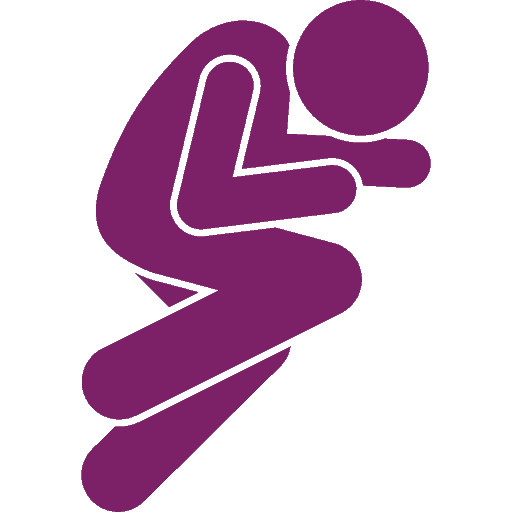Pillow Advice
Best Support Pillow for Back Pain in Bed
Millions of adults in the world have to deal with back pain due to bad sleeping posture. Frequently shifting to adjust position or to fluff pillows is a good sign that you need to change pillow.
Back pain is not always caused by a disease or medical condition. Sometimes it’s caused by stress and other environmental factors. A support pillow should keep the neck and spine muscles aligned. However, the wrong kind of pillow can worsen your condition. There are also sleeping positions that can cause back pain even if you’re using the right kind of pillow.
The good news is that there are pillows that can help alleviate back pain and other body aches. There are pillow types and sleeping positions that keep the neck and spine aligned so that you can sleep soundly.
If you’re having back pain due to poor sleep quality, we have some suggestions on how to prevent it.
Sleep on Your Side with a Pillow Tucked Between Your Knees
Some stomach sleepers experience back pain due to pressure on their backs when they sleep. One way to avoid this is to lie on your side. Sleeping on your side keeps the neck and spine aligned. However, this won’t get rid of the back pain unless you sleep with a pillow between your knees. This technique alleviates pressure on the lower back, giving you a better sleep.
It is also important to note that you should sleep with only one pillow under your head. Too many pillows can misalign the neck and spine, which could cause headaches in the morning.
Sleep in the Foetal Position

People with herniated discs can benefit from sleeping in the foetal position. This is where you sleep on your side with your knees pulled up to your torso.
Your discs are the soft cushions between your vertebrae. A disc is herniated when it is pushed out of its normal position, thereby causing nerve pain or damage. This can be painful, so sleeping in the foetal position opens up the spaces between vertebrae which in turn alleviates the pain.
Sleep on Your Front with a Pillow Under Your Stomach
Medical experts believe that sleeping on your stomach is bad for you because it puts pressure on your back. However, you can sleep with a pillow under your lower stomach or pelvic area. Depending on how it feels, you may or may not sleep with a pillow under your head.
This is a good sleeping position for people with degenerative disc conditions because it relieves pain from the damaged discs. Stomach sleepers can also use this technique to prevent pressure on their neck and back to help them achieve better sleep quality.
Sleeping with Pillows Under the Knees
Sleeping on your back with a pillow under the knees is one of the best positions to alleviate back pain. The pillow is important because it lets you keep the curve of the lower back and spine in a neutral position.
Sleeping on the back distributes your weight evenly throughout your body. Most pressure is distributed along the length of your spine. The pillow underneath the knees helps to align the spine better, leading to less back pain.
Sleeping in a Reclined Position
Not many people find it restful to sleep in a recliner, but it is a good choice for people with isthmic spondylolisthesis. It’s a lumbar spinal condition where one vertebra slips forward on top of the vertebra below it.
Recliners can be uncomfortable to sleep on, so people with this condition should consider buying an adjustable bed for better spinal support. Reclining is good for the back because it creates an angle between the thighs and trunk, which reduces pressure on the spine.
Best Support Pillows for Back Pain
Back and side sleepers can choose materials such as memory foam. Most memory foam pillows are neither too thin nor too firm and give just the right kind of support. They are usually made with Visco elastic memory foam that moulds specifically to your neck. Another alternative is a water pillow because it gives firm support with good loft.
Stomach sleepers should sleep with a thin pillow under their heads. They can also try sleeping without a pillow underneath their head. This will help prevent pain in their neck. However, don’t forget the pillow under the stomach to prevent pressure on the lower back.

Takeaway
Always remember that alignment is key. No matter what sleeping position or pillow you choose, neck and spinal alignment is a big factor in preventing back pain while sleeping.
Tossing and turning can also cause misalignment. To prevent this, move your whole body together or try to stay in one position for as long as possible. Being conscious of how you sleep can impact sleep quality and prevent back pain.

